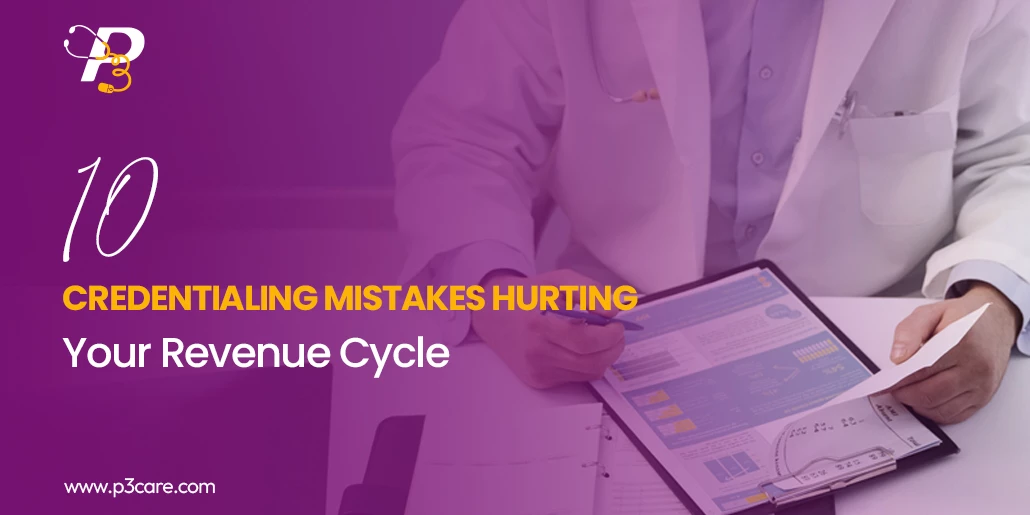

HIPAA is an abbreviation of the Health Insurance Portability and Accountability Act. This legislation was passed in 1996 in the United States and provides data privacy and security provisions for shielding medical information. There are two major purposes of HIPAA. The first is to provide continuous health insurance to workers, the ones who change jobs or lose it; and the second is to reduce the administrative burdens and costs of healthcare by standardizing the electronic transmission of transactions of administrative, electronic, and financial nature.
There are some other goals, which include improving access to long-term care services and health insurance.
This act was signed into law by President Bill Clinton on August 21, 1996, and contains five titles or sections.
The rule that requires an appropriate safeguard to protect the privacy of individually identifiable health information is called the HIPAA privacy rule. The HIPAA privacy rule was establishing a National standard to protect the medical records of individuals and other individually identifiable health information which is collectively known as “Protected Health Information” (PHI).
The rule is published by HHS to restrict the use and disclosure of sensitive PHI. It aims to preserve patients’ privacy by forcing doctors to give them a list of all the organizations to which they disclose PHI for billing and administrative needs, while still enabling pertinent health information to pass via the correct channels. Additionally, it assures patients’ rights to receive their own PHI from healthcare professionals compliant with HIPAA upon request.
Healthcare information must be protected under US federal law. As a result, this act has a very high price.
Healthcare systems have increased the number of compliance officers on staff and implemented technologies that will help to safeguard patient privacy and improve the system to comply with HIPAA.
During implementation, the Human and Health Services Department (HHS) has worked on the cost of HIPAA and estimated that the cost of HIPAA certification would commonly fall to approximately $113 million for the healthcare system. The cost with consecutive maintenance is $14.5 million per year.
Although the actual cost of HIPAA compliance is estimated at closer to $8.3 billion per year with annual maintenance costs for health information technology for each physician credentialing service provider of around $35,000, The additional stress placed on healthcare professionals and patients as they struggle to give each other access to crucial and necessary healthcare information is not considered by these prices.
If you need a small coverage and you are an entity then HIPAA should cost,
If a large or medium coverage is needed by you, then HIPAA compliance would cost around
There is a cost associated with adhering to HIPAA privacy rules: The uncontrollable rise in healthcare prices and the absence of interoperability are both caused by HIPAA. HIPAA has stifled public discussion of dangers, protected physician communication, resulted in ineffective patient care, discouraged medical research due to the expensive expense of compliance, and taken away patient time from doctors. The systems do have certain flaws, though, and those must be closed.
HIPAA violations fall into the following categories
Any inappropriate disclosure of PHI or ePHI to the wrong party by a covered entity or business associate constitutes a Use and Disclosure violation. Entities subject to HIPAA must have the right physical, administrative, and technical measures in place to protect PHI to remain in compliance with the HIPAA Security Rule. Ransomware attacks against specific healthcare companies have increased in recent years.

